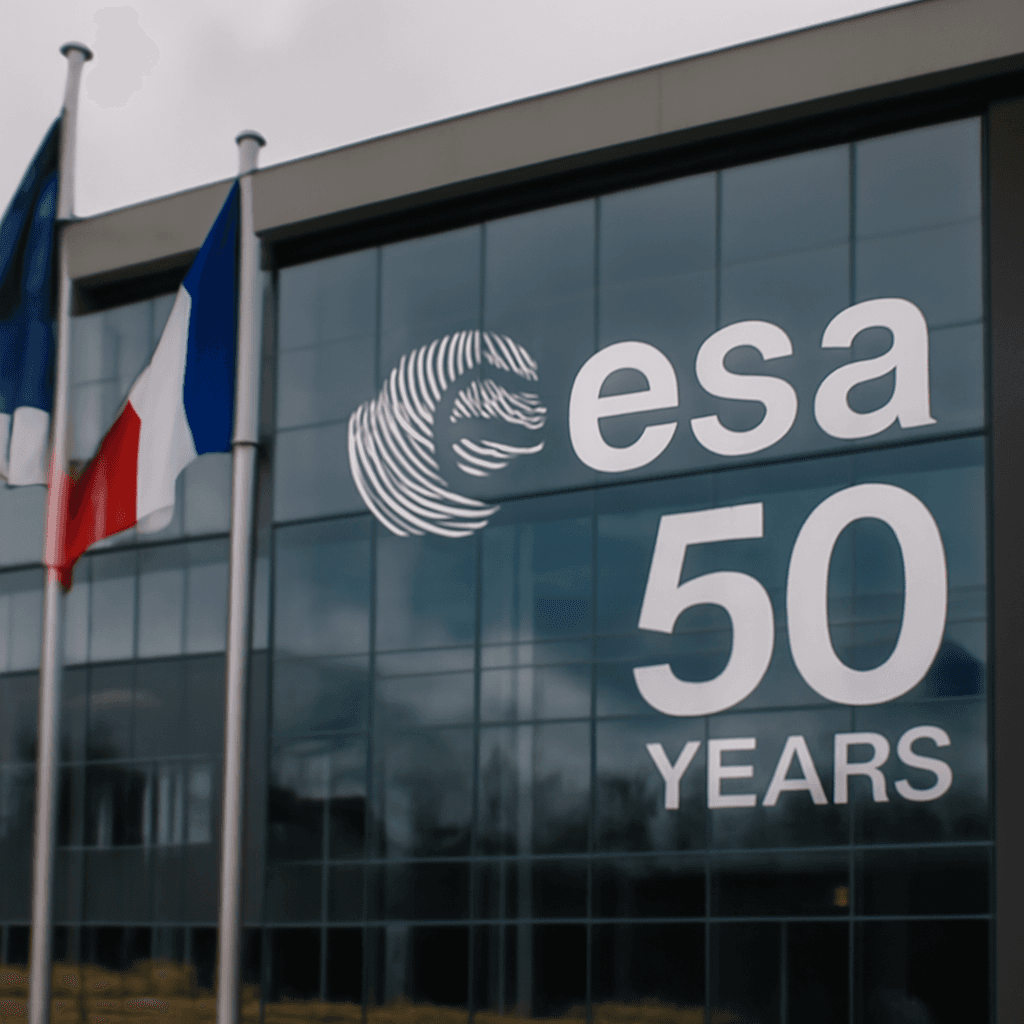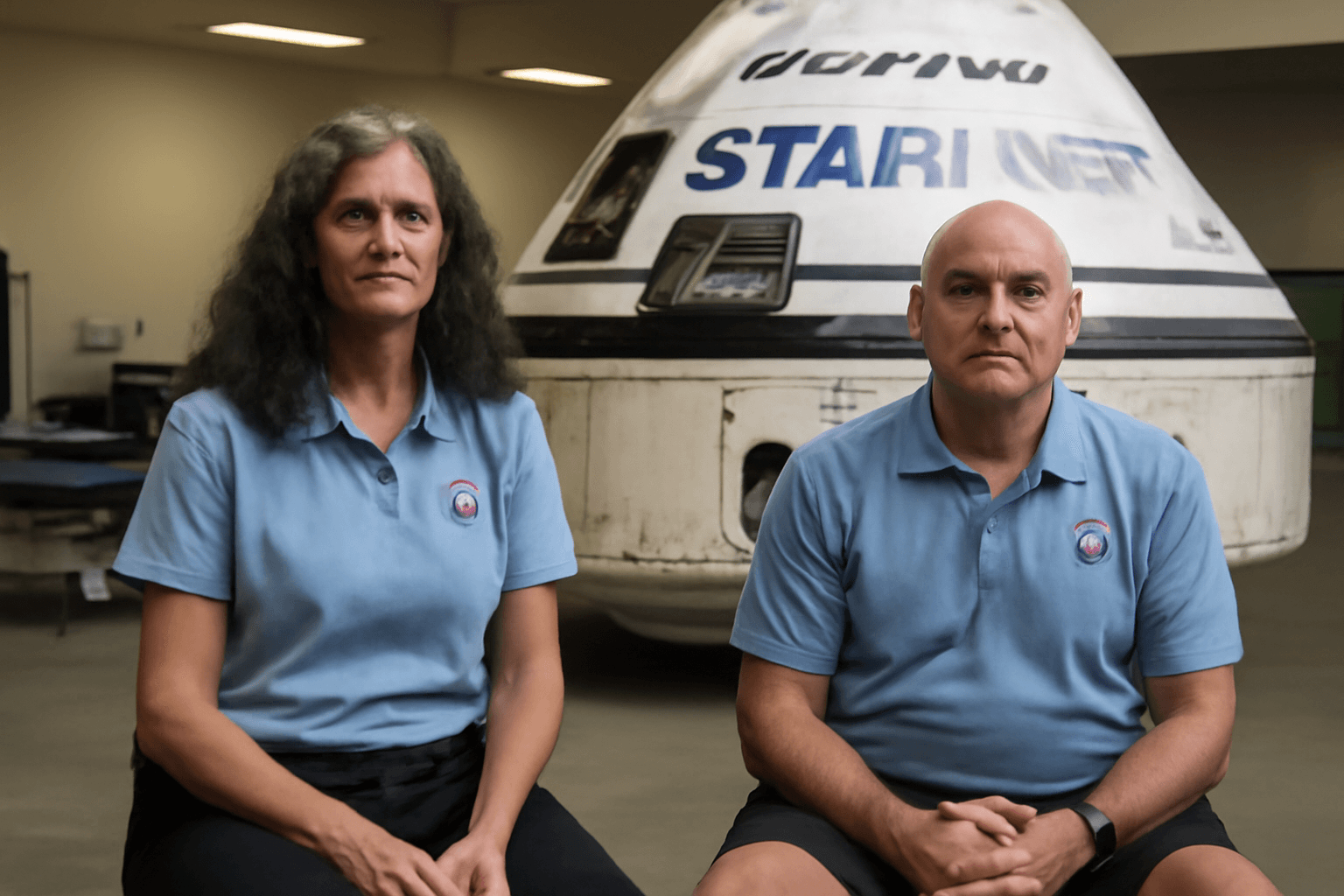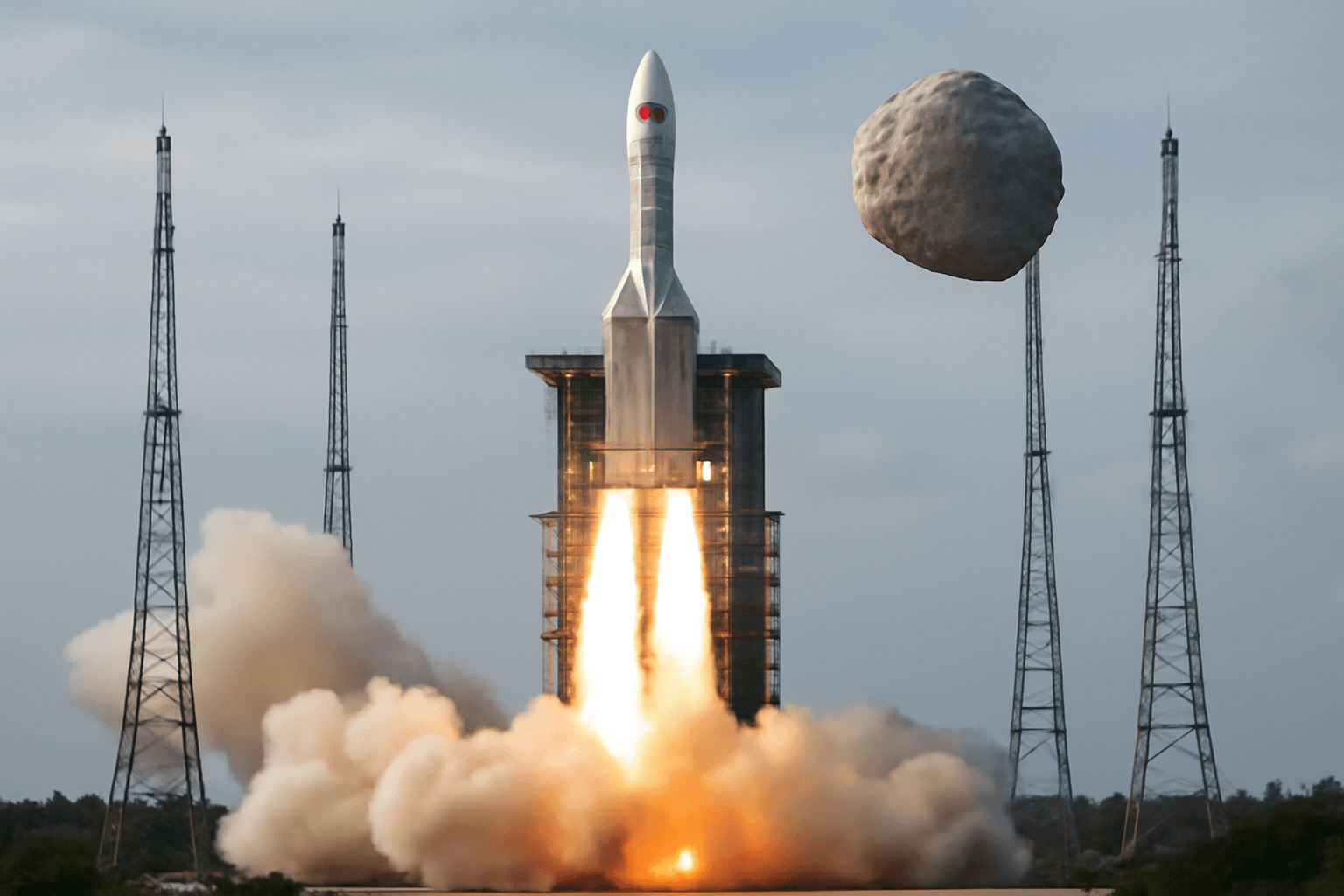The Unprecedented Moon Rock Theft That Shocked NASA and the World
In 2002, the space community was stunned by one of the most audacious crimes in NASA’s history. Thad Roberts, a promising 24-year-old NASA intern with degrees in physics, geology, and geophysics, orchestrated a daring theft of lunar samples valued at an astonishing $21 million from the Johnson Space Center in Houston. But unlike typical heists motivated by greed, Roberts claimed his bizarre crime was driven by love — an attempt to "give the moon" to his girlfriend. However, as federal investigators uncovered, the story beneath was far more complex, mixing passion, betrayal, and a tremendous blow to scientific research.
The Heist: Precision, Planning, and Unbelievable Risks
On a sultry July night, Roberts collaborated with his girlfriend Tiffany Fowler, a stem cell researcher, and fellow intern Shae Saur to infiltrate the heavily guarded Johnson Space Center’s Building 31. Using authentic NASA badges, Neoprene bodysuits to evade thermal alarms, and sophisticated manipulation of security cameras, the trio broke into a 601-pound safe containing precious moon rocks and meteorites collected from every Apollo mission spanning 1969 to 1972.
Employing a power saw, they pried open the vault and stole roughly 17 pounds of lunar material, including the iconic moon rocks that had been the bedrock of decades of invaluable scientific study. The theft not only demonstrated technical expertise and insider savvy but also exposed vulnerabilities within NASA’s security protocols, raising critical questions about protecting national scientific treasures.
Technical Sophistication Meets Reckless Ambition
- Use of authentic NASA badges for access bypass
- Neoprene suits to avoid triggering thermal alarms
- Manipulation and rewiring of security cameras
- Cutting open a massive safe holding irreplaceable lunar samples
Behind the Crime: Who is Thad Roberts?
Roberts was no ordinary thief. Armed with a triple major from the University of Utah in physics, geology, and geophysics, he had the credentials to understand the magnitude of what he was risking. His affair with Tiffany Fowler rapidly evolved into a toxic mix of obsession and fantasy. Roberts reportedly told Fowler he wanted to "give her the moon," framing the crime as a once-in-a-lifetime romantic gesture.
But beneath the veneer of love lay deception. The FBI’s thorough investigation revealed that Roberts had negotiated with international buyers, attempting to monetize the stolen rocks at up to $5,000 per gram, signaling that financial gain was a powerful driver alongside his professed passion.
The Legal Fallout and Scientific Aftermath
Authorities apprehended the conspirators after Roberts and Fowler attempted to finalize a sale in Orlando, where undercover FBI agents arrested them. Subsequently, Shae Saur and Gordon McWhorter, a third accomplice who helped arrange the illicit sale, were also arrested. The criminal case culminated in harsh penalties:
- Thad Roberts: Pleaded guilty, served over six years of an eight-year sentence.
- Tiffany Fowler and Shae Saur: Sentenced to house arrest, community service, and ordered to pay restitution.
- Gordon McWhorter: Convicted at trial, served six years in prison.
The theft left a lasting scar on NASA’s scientific community. The lunar samples were rendered “virtually useless” for research, a colossal loss considering the three decades of data and notes destroyed in the process. This incident underscores the delicate balance between scientific openness and security, a lesson still pertinent to research institutions today.
Reflecting on a Crime That Blurred Lines Between Passion and Greed
Roberts’ claim that the heist was an extraordinary romantic act—highlighted by his unsettling remark about having "sex on the moon" by placing the stolen rocks under a blanket during intimacy—speaks to a disturbing fixation that transcended rationality. Yet, the episode compels us to ask deeper questions: How do we safeguard priceless scientific assets in an era where insider threats loom large? What psychological and social factors drive brilliant minds to betray their institutions?
Underreported Perspectives and Regional Relevance
While the headlines captured the crime’s sensationalism, less attention has been given to the broader implications for American science policy. The theft prompted NASA, and many U.S. research institutions, to overhaul security frameworks, balancing transparency with tighter controls to prevent insider crimes without stifling collaboration.
Moreover, the case highlights the complex interplay between personal relationships and professional environments in high-stakes settings. Institutions across the U.S. are now increasingly vigilant about personnel vetting and mental health support to preempt similar breaches motivated by emotional turmoil.
Editor’s Note
The Thad Roberts moon rock heist remains one of the strangest intersections of crime, love, and science ever recorded. Beyond its headline-grabbing details, the case serves as a sobering reminder of the vulnerabilities inherent even in the most advanced scientific establishments. It challenges us to think critically about how passion and ambition can become dangerous when disconnected from ethical grounding—and compels policymakers to ensure the safeguarding of our scientific heritage against both external and internal threats.
As NASA continues its exploration ambitions, including plans to return humans to the Moon, protecting lunar samples and the integrity of research will be paramount. This story remains a cautionary tale etched in history, blending human frailty with the pursuit of knowledge among the stars.



















